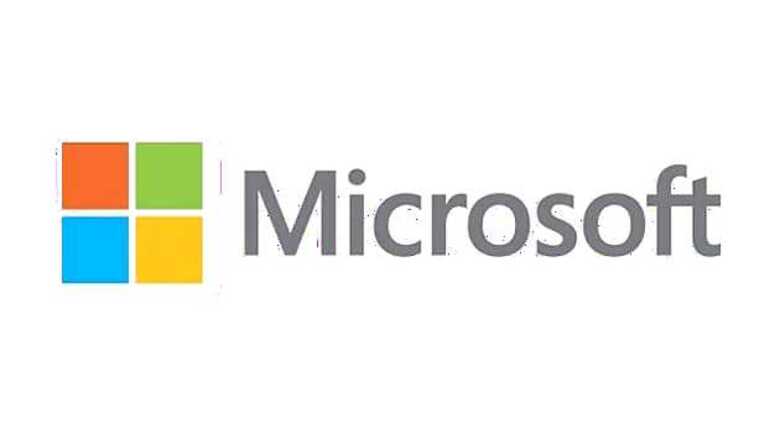
views
New Delhi: In a bid to provide more control into the hands of the users about their privacy preferences, Microsoft has announced that it will no longer enable 'Do Not Track' (DNT) feature on the future versions of its browsers.
Until now, DNT was enabled as a default setting in Windows express settings, but Microsoft intends to change that after the latest draft of the standard by the World Wide Web Consortium (W3C) which states that the "signal must reflect the user's preference, not the choice of some vendor, institution, site or network-imposed mechanism outside the user's control... Tracking preference expression is only transmitted when it reflects a deliberate choice by the user."
The standard further reads that if there is an absence of user choice, there is no tracking preference expressed.
Microsoft said in its blog that in compliance with the W3C standards, DNT will not be the default state in its future browsers and it will be providing users with clear information on how to turn the feature on if they require. This change will be visible when users set up a new PC for the first time, or when they upgrade their Windows or Internet Explorer.
The software maker said that it had brought in the implementation of DNT two years ago in Internet Explorer 10 (IE 10) and in 2012, it made clear to browser vendors to clearly communicate to consumers whether the DNT signal is turned off or on, and make it easy for them to change the setting.
DNT feature requests that a web application disable either its tracking or cross-site user tracking of an individual user.




















Comments
0 comment